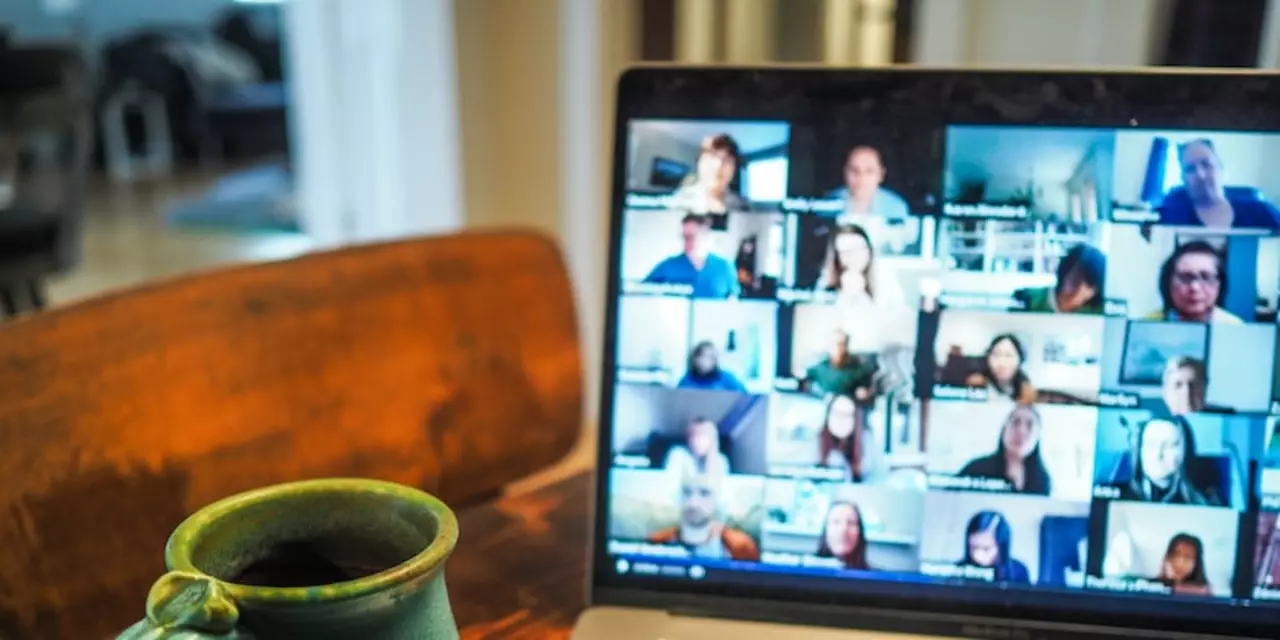
Social Media: A Game‑Changer for Today's Learners
Ever wonder why every student seems glued to their phone? It’s not just for scrolling memes – social media can actually power up learning. When you blend the platforms kids already love with solid study habits, you get a mix that makes information stick and collaboration easy.
Why Social Media Matters in Learning
First off, social media breaks the classroom walls. A quick tweet or a short TikTok can turn a boring fact into a share‑able bite‑size lesson. Students can discuss topics in real time, ask questions, and get instant feedback from peers or teachers. This constant interaction builds a learning community that lives beyond the school day.
Second, the visual and interactive nature of platforms like Instagram Stories or YouTube Shorts matches how young minds process information. Short videos, polls, and infographics keep attention high and let learners see concepts in action. When a history lesson turns into a quick snap of a museum exhibit, retention jumps.
Practical Ways to Use Social Media Today
Start small. Create a class hashtag on Twitter or Instagram and ask students to post one takeaway after each lesson. It’s a light way to practice summarizing and to see different perspectives. You can also set up a private Facebook group where you drop extra resources, ask quiz questions, or host live Q&A sessions.
Try turning assignments into challenges. For example, have learners produce a 60‑second video explaining a math concept and share it on TikTok (set to private or school‑only). Not only does this spark creativity, it forces them to break down the idea into its simplest parts.
Use LinkedIn or a school‑run blog for older students to publish articles related to their projects. This builds a professional portfolio while teaching them how to write for an audience.
Remember safety. Choose platforms that let you control who sees the content. Always discuss digital etiquette and privacy settings with students. A quick lesson on how to protect personal info goes a long way.
Finally, track what works. Look at likes, comments, or shares to gauge interest. If a particular meme series gets high engagement, it’s a sign the format resonates. Adjust your strategy based on those signals and keep the content fresh.In short, social media isn’t a distraction—it’s a tool you can shape to fit any subject. When you blend the familiar world of likes and shares with clear learning goals, you give students a reason to stay curious and stay connected.
